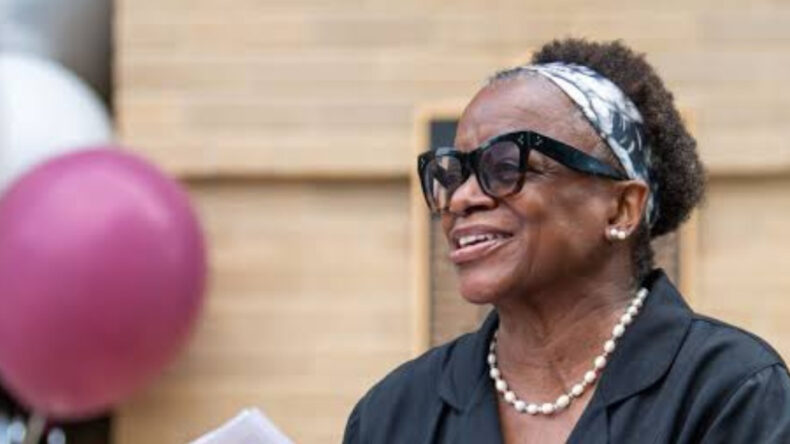Less than two years after Texas A&M University’s ambitious plan to elevate its status as a world-class institution, the college now finds itself in turmoil following the resignation of its president, M. Katherine Banks. The university is grappling with a crisis of reputation after revelations of a botched hiring process involving Kathleen McElroy, a journalism professor, which led to a public uproar over issues of race and diversity.
As the fallout reverberates through the campus, questions arise about the university’s direction and its ability to recover from the damage inflicted on its image. President Banks’ grand vision to tackle unprecedented challenges and propel Texas A&M to the forefront of academia seemed promising initially. However, the situation took a dramatic turn when the college’s efforts to recruit Kathleen McElroy, an esteemed journalist and former New York Times editor, resulted in shifting offers and ultimately ended in her rejection.
The controversy surrounding the appointment stems from criticism by conservative alumni and students who objected to McElroy’s research on race in media and her views on diversity in journalism. As the university community grapples with the aftermath, opposing sentiments and concerns are surfacing. Erica Davis Rouse, incoming president of Texas A&M’s Black Former Student Network, expressed deep disappointment, emphasizing that McElroy’s potential to make a meaningful impact was thwarted due to excessive focus on “diversity, equity, and inclusion” concerns. On the other hand, some conservative students and faculty expressed reservations about McElroy’s perceived political leanings and associations with The New York Times.
The controversy has exposed a deeper rift within the institution, igniting debates about the university’s commitment to diversity initiatives. The topic of diversity and its role in shaping campus culture has been a contentious issue. While some believe that investing in diversity initiatives is crucial, others question whether it should take precedence over broader education-focused endeavours for the entire university population.
Moreover, Texas A&M’s demographic composition adds another layer of complexity to the debate. With Black students making up just 2% of undergraduates, the university faces the challenge of striking a delicate balance between fostering diversity and respecting its traditional conservative values.
The situation has left the university’s students, faculty, and alumni community divided. Zoe May, the incoming editor of the university’s student newspaper, The Battalion, expressed her distress over the lack of transparency in the hiring process and lamented the missed opportunity to appoint a journalism leader who could provide much-needed representation for diverse voices on campus.
In response to the growing tensions, Texas A&M’s communications department acknowledged that the hiring process faced stricter scrutiny due to McElroy’s race, adding another layer of complexity to the unfolding crisis.
The fallout at Texas A&M echoes broader debates around diversity initiatives on university campuses, with states like Texas witnessing increasing pushback against such efforts. Republican governors have signed laws banning diversity, equity, and inclusion efforts at public universities and limiting mandatory diversity training.
The situation at Texas A&M underscores the challenges that institutions face when navigating issues of diversity and inclusivity, especially in the context of political sensitivities and historical norms. As the university community grapples with the fallout and seeks to rebuild its reputation, the road to recovery may require a delicate balance between embracing change and preserving deeply rooted traditions. The outcome will not only impact the university’s future but also serve as a reflection of the broader national conversation around diversity and its role in shaping higher education institutions.













